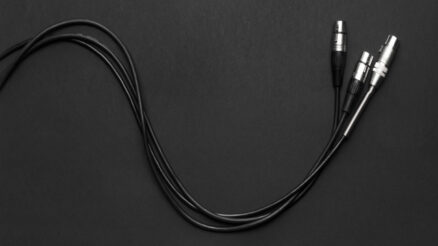Dc/dc power modules are popular for their outstanding performance and notable easy-to-use features. According to experts, choosing a suitable dc/dc power module can prevent debugging problems and design issues. It has improved overall system reliability and shortened the product development cycle. A dc/dc converter offers high efficiency and convenience. However, for it to work successfully, you need to pay attention to severe issues like input and output filtering, output loading, and careful interpretation of the datasheet information.
Following are some of the factors that you need to consider when choosing a dc/dc converter
Table of Contents
Minimum load criteria
Many dc/dc converters require at least a 10% output of the device rating so that the converter meets the datasheet specifications. Operating the converter with no load or light-load conditions has consequences, meaning you will sometimes need to add a dummy load. Other dc/dc converters have outputs that go haywire under light load or no-load conditions. Therefore, it is crucial to confirm the output requirements of a converter before you purchase.
Soft starting and output current limiting
A majority of dc/dc converters have an internal current limit. If the load draws more than the set limit, say 100% of rated power, the converter turns off and later begin a pulse-by-pulse restart. It is an excellent feature that protects the converter and the load. However, sometimes problems occur when powering a capacitive motor, lamp, and other non-linear loads. Although such a load draws a small amount of steady-state current, they require large inrush current. Here, the converter applies its output, and with too excessive inrush, the output goes off. Such problems can be sorted by installing a soft-start circuit between the load and the dc/dc converter.
Output noise and emissions
The output ripple for most converters is usually in the range of 50 -100 Mv, and the noise is measured in20 MHz Bandwidth. You have to pay attention to the havoc that a dc/dc converter can wreak on an input power line. This is because it draws high-speed power pulses with fast rise and fall times. This behavior leads to increased noise back on the power input line, and the sound is sent through the entire system. An input filter can sometimes cause stability issues with the internal architecture of some dc/dc converters. Therefore, you have to follow the HV Power Supplies company guidelines for input filtering.
Shielding
You will often hear of five or six-sided shielding advertised by manufacturers, which gives a false sense of security. Even a perfect shield won’t give you results if the input/ output lines can re-radiate the noise that would instead be contained in the shield.
Load balancing for dual -output dc/dc converters
Dual converters provide a split supply output with a single power supply. In this arrangement, the converter feedback is drawn from the main output and can keep decent regulation, and additional outputs can be tapped from the same secondary.
When it comes to selecting dc/dc converters, you have a variety of designs. The most important thing to check the efficiency and the power density of the power brick. Look for an experienced HV Power Supplies expert to guide you on the most appropriate dc/dc converter per your power demands.



